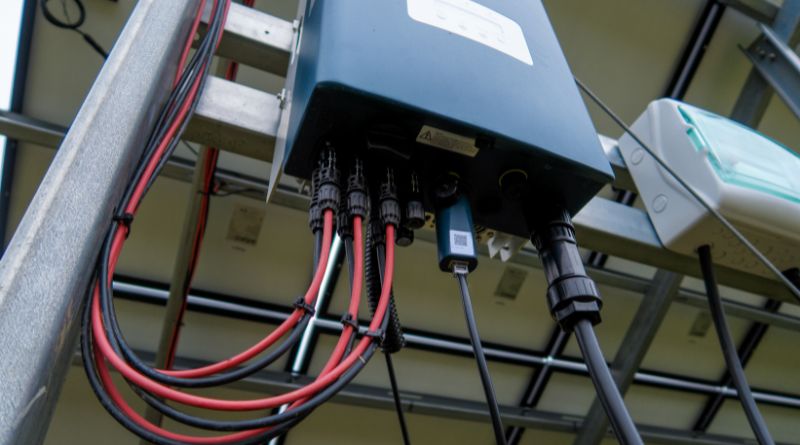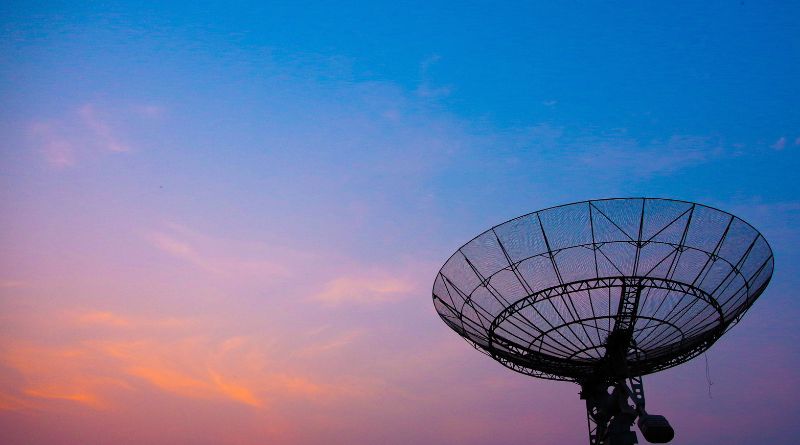Electric inverters are one of the most critical components in modern energy systems, particularly in the realm of renewable energy. They act as the bridge between the energy generated from sources like solar panels or wind turbines and the electricity used in homes and industries. Understanding electric inverters is essential for anyone looking to dive deeper into the world of renewable energy, energy storage, or smart grid systems. This article explores the role of electric inverters, their types, functions, and their impact on energy systems, providing a comprehensive guide for both beginners and experts in the field.
What Are Electric Inverters?
An electric inverter is an electronic device that converts direct current (DC) into alternating current (AC). DC is the type of current produced by sources like solar panels, batteries, and wind turbines, while AC is the type used in most household appliances and the grid. Simply put, inverters allow renewable energy sources to feed electricity into the grid or power devices that require AC.
Inverters come in various shapes and sizes, depending on their application. They can be found in everything from small solar power systems for homes to large-scale industrial setups. Without inverters, it would be nearly impossible to use renewable energy for most electrical appliances and systems. The growing demand for clean and sustainable energy has put a spotlight on the importance of inverters in ensuring the smooth integration of renewable energy into existing power systems.
The Role of Electric Inverters in Energy Systems
Electric inverters are crucial for several reasons, most notably their role in enabling the integration of renewable energy into the grid and supporting energy storage systems.
1. Converting DC to AC for Grid Compatibility
One of the primary functions of an inverter is to convert the direct current (DC) from renewable sources into alternating current (AC). The electric grid operates on AC, meaning that without inverters, renewable energy sources like solar or wind would not be compatible with the grid. This conversion allows the energy generated by solar panels, wind turbines, or batteries to flow into the grid, providing power to homes and businesses.
2. Powering Home and Industrial Appliances
Most appliances we use daily are designed to run on AC power. Inverters make it possible for these devices to be powered by DC sources, such as batteries or solar panels, by converting the energy to the appropriate form. For example, a solar panel system requires an inverter to convert the energy it produces into AC electricity that can power household appliances.
3. Maximizing Energy Efficiency
Electric inverters also optimize energy generation and storage. In systems like solar power, they perform a key function called Maximum Power Point Tracking (MPPT). This technology helps maximize the energy output by adjusting the system to operate at its most efficient point. Without MPPT, solar panels might operate at less-than-optimal efficiency, wasting potential energy.
4. Enhancing Grid Stability and Flexibility
Inverters are essential for grid stability, especially in systems with high penetration of renewable energy sources. They are responsible for maintaining the voltage and frequency of the power supplied to the grid. Additionally, modern inverters often come equipped with advanced capabilities like reactive power control, which helps balance the grid by compensating for fluctuations in power demand.
Types of Electric Inverters
There are several different types of inverters, each designed for specific applications. The choice of inverter depends on factors like the size of the system, the type of energy source, and the desired performance. Let’s take a closer look at the most common types of electric inverters.
1. String Inverters
String inverters are the most commonly used type of inverter for residential and small commercial solar power systems. In this configuration, a series of solar panels (called a string) is connected to a single inverter. The inverter converts the DC electricity from the panels into AC. While string inverters are efficient and cost-effective, they can have limitations if one or more panels in the string are shaded or malfunctioning, as this can reduce the performance of the entire string.
2. Microinverters
Unlike string inverters, which are connected to multiple panels, microinverters are installed on each individual panel in a solar array. This allows each panel to operate independently, improving overall system performance, especially in situations where some panels may be shaded or dirty. Microinverters are more expensive than string inverters but offer better efficiency and flexibility.
3. Central Inverters
Central inverters are typically used for large-scale commercial or utility-scale solar power systems. In these systems, a large inverter is used to convert the DC electricity from multiple strings of solar panels. Central inverters are efficient and have a high capacity, but they require more space and tend to be more expensive.
4. Hybrid Inverters
Hybrid inverters are designed to work with energy storage systems, such as batteries. These inverters are particularly useful for off-grid solar systems or for systems where energy storage is needed to ensure a continuous power supply, even when solar generation is not available (such as at night or during cloudy weather). Hybrid inverters manage both the energy production and storage components of a system, allowing homeowners and businesses to store excess solar energy for later use.
5. Off-Grid Inverters
Off-grid inverters are used in systems where there is no connection to the utility grid. These inverters are typically used in remote locations or in situations where grid connection is not feasible. They can be paired with batteries to store excess energy and provide a reliable power source for off-grid homes or communities.
How Electric Inverters Impact Energy Systems
Electric inverters have a significant impact on both the efficiency and sustainability of energy systems. Here are some of the key ways in which inverters shape the energy landscape:
1. Facilitating the Transition to Renewable Energy
As more and more countries and businesses shift toward renewable energy sources like solar and wind, the role of inverters becomes increasingly important. By enabling the conversion of DC to AC and integrating renewable energy into the grid, inverters help reduce reliance on fossil fuels and decrease the carbon footprint of energy systems. Inverters are a critical part of making renewable energy reliable and accessible on a large scale.
2. Improving Energy Access in Remote Areas
Inverters are also helping to improve energy access in off-grid areas, where traditional energy infrastructure may not exist. Solar energy systems, paired with batteries and off-grid inverters, can provide a sustainable and reliable energy source for rural or remote communities. This can be life-changing for people in regions where electricity is scarce or unreliable.
3. Supporting Energy Storage and Flexibility
Energy storage systems, such as batteries, are becoming a key part of modern energy grids. Inverters play a crucial role in managing these systems by converting the stored DC energy back into AC for use in homes or businesses. With the right combination of inverters and energy storage systems, it’s possible to store excess renewable energy generated during peak production times and use it when energy demand is high or renewable production is low.
4. Enabling Smart Grid Integration
Electric inverters are an integral component of smart grids, which are designed to improve the efficiency and reliability of the electrical grid. Modern inverters can communicate with grid operators and adjust their output in real-time to maintain balance in the grid. This feature is particularly important as renewable energy sources like solar and wind can be intermittent, and inverters can help smooth out fluctuations in supply and demand.
Challenges and Future of Electric Inverters
Despite their numerous benefits, electric inverters do face some challenges. The main issue is their cost. While prices for inverters have come down in recent years, they still represent a significant portion of the overall cost of renewable energy systems, particularly in the case of microinverters and hybrid inverters.
Moreover, as energy systems become more complex, the need for more advanced inverters increases. The next generation of inverters will need to be more adaptable, with enhanced communication capabilities, better integration with energy storage systems, and the ability to operate efficiently in diverse conditions.
Looking ahead, electric inverters will continue to evolve as renewable energy technologies advance. They will play a pivotal role in the development of smart grids, energy storage solutions, and the wider adoption of clean energy.
Conclusion
Electric inverters are far more than just a technical component of solar and wind power systems. They are the heart of modern energy grids, enabling the integration of renewable energy, optimizing system performance, and supporting energy storage solutions. Understanding their role and impact on energy systems is essential for anyone looking to get involved in the renewable energy sector, whether you are a homeowner, an energy professional, or an enthusiast. As the world shifts towards cleaner energy, electric inverters will continue to be a cornerstone of the transition, ensuring that renewable energy can power our homes, businesses, and industries efficiently and sustainably.






Leave a Reply